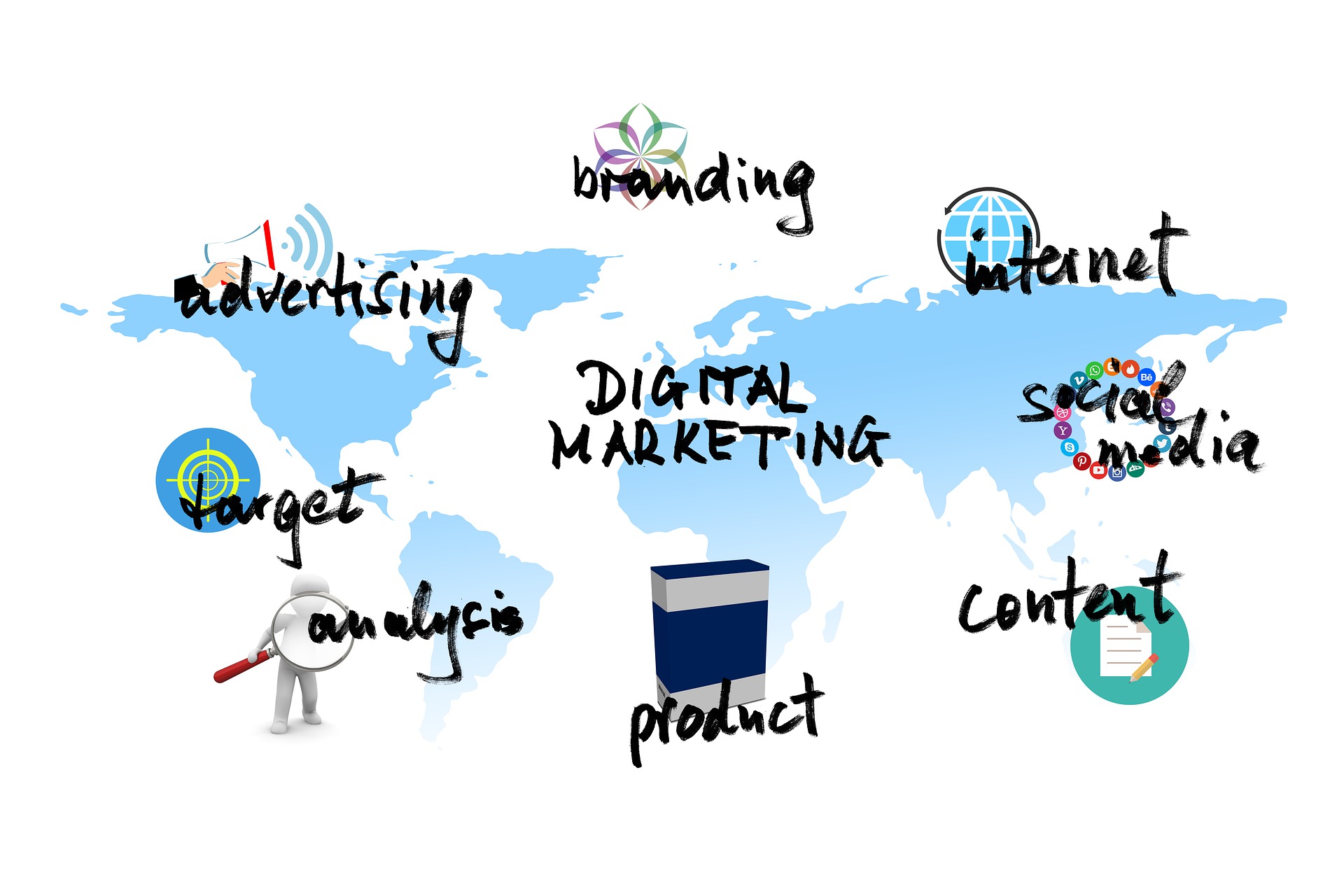
As digital continues to rise as a powerhouse commerce channel, the need for optimized and effective online functionality and user experiences becomes more critical. Testing is the means by which you will identify flaws, frustrations, and failures (all of which are not necessarily in plain sight).
I’ve outlined some key factors to help build an effective testing system for your website, applications, software, infrastructure, database, and technology.
- Generate Use Cases and Test Scenarios
- Establish a Stable Test Environment
- Assemble Capable and Proficient Testers
- Prepare a Schedule for Testing
- Design Scoring for each Test Case
- Verify a Clear Understanding on Reporting of Test Results
- Create a Test Results Report
- Define the Administration for Post-Test Actions and Retesting
- Set Up a Retesting Resolution Report
- QA Processes
- Testing Protocols
- Test Flows
- Pass / Fail Outcomes
- Prioritized Action Plan
- Modules and Functions
- Triggers
- Inputs / Outputs
- Database Transactions
- Files & Reports
- Documented Flows and Use Cases
- Utilities & Scripts
- Automated Functions
- Invalid Data Alert and Error Messages
- Security, Access Controls
- Mobile Responsive: Simulate All Screen Sizes and Device-Browser Combinations
- User Interface including GUI Validation and User Acceptance
- Page Rendering | Element Alignments | Content Placement
- On-Site Search | Navigation | Keyword Analysis
- On-Page Content | Internal & External Links | International Conversion, if applicable
- Shopping Cart: End-to-End including Account Set Up, Tax, and Shipping
- SEO: Tags, Schema, URLs, Structured Data, HTTPS, Crawl & Indexing
- Favicon | Breadcrumbs | Information Architecture | Visual Cues
- HTML, CSS, JavaScript | Style Sheets| Robots.txt | Sitemap | XML Sitemap
- Pop Ups | User Messages | Error Notices | Auto-Generated Emails
- Add-Ons | Plug-Ins | 3rd Party Software | Integrated Applications
- Media: Optimization, Minification, Formatting, Placement, Accessibility
- Data: Accuracy, Integrity, Structure, Feeds, Real Time Delivery
- Call to Actions | Buttons | Rick Text Links | Interactive Elements + Icons
- Caching | Minimize HTTP Requests | Bottom of Page Scripts | Lazy Loading
- Inspect the CSS Grid, Container Queries and DOM Properties
- Forms: Minimum Fields | Auto Fill | Auto Correct | Progressive Format
- Technical: Functional | Database | Data Feeds | Load Balance | Recovery
- Inputs + Outputs | APIs | Interface Between Servers | Query Response Time
- Inspect Network Activity and Server Access Logs
- Performance | Compatibility | Security | ADA Accessibility Compliance
- Core Web Vitals | Analyze Runtime Performance
- Timeline Event Properties: Loading, Scripting, Rendering, Painting
- Platform: Reliability, Availability, Stability, Scalability, Maintainability
- Site Administration: Manual for Capabilities, Functions, and Reports
Continue reading “Quality Assurance (QA) Methods & Standards for Digital, Data, and Infrastructure”


